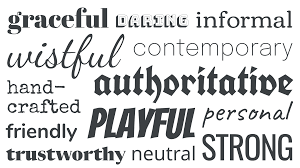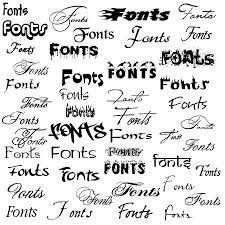You might have a lot of ideas for your printed marketing and be thinking about fonts. It’s fascinating to learn about the history of fonts and typography. Johannes Gutenberg, a German inventor from the 15th century, invented the printing press and movable type. The two metal cases that were used to store the printing types, one for large letters and another for smaller ones, gave rise to the terms “uppercase” and “lowercase”, which are still in use today.

Your choice of font will have a big impact on how people perceive your company or brand when you design your website. If you want to launch a product or service that is high-end, you will need to choose a font to convey that message. It can be difficult to know where to begin and how things look in print will also matter. For Gloucester Printers, go to https://bizstationery.co.uk/services/print-shop
Fonts developed throughout the fifteenth century and into the sixteenth century when Aldus Manutius, a Venetian publisher, printed and distributed small and cheap books around the world. He was able to sell them for a lower price by printing them in italic type, which allowed him to print more words on each page.
Geoffroy Tory, a painter and designer, created a typeface that reflected proportions of an ideal human body. Some fonts, however, have not met with the same approval. The English printer John Baskerville, in the late eighteenth-century, created a font that had such a high contrast between thicker and thinner lines, people thought he was attempting to blind all readers of the nation. This font was certainly not easy to read.
The flexible steel pen and engraving were also influential on the design of typefaces. George Bickham, a master of writing in the eighteenth-century, created curved scripts as well as roman capitals. His designs inspired the work of Baskerville, Bodoni, and Didot. Advertising increased after the Industrial Revolution so advertising demanded large-scale letters to stand out on billboards and in cities. Futura, designed by Paul Renner in 1927, is one font that’s still widely used today.

Between 1950 and 1990, phototypesetting was one of the most advanced technologies. The type design industry was born. By the middle of the 1970s, the majority of fonts and technologies were being used, including letterpress and photo typing, casting machines, and digital typesetters. Digital typography grew rapidly in the 1980s. There are thousands of fonts that are available to us today.
